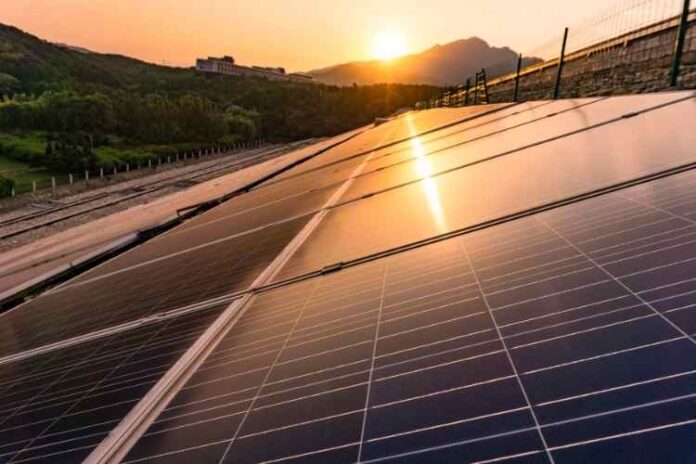Did you know that solar panels only became a mainstream home feature in the mid-2010s? While solar energy has been harvested for decades, the need for an eco-friendly energy solution has only come to light recently. Since then, it has been made possible to harvest solar energy in a variety of ways.
Keep reading to find out more about the differences between active vs passive solar energy.
Active Solar Energy
When you think of solar energy, you probably picture solar panels. Well, that’s active solar energy.
Active solar energy works by capturing the sun’s heat using air or liquid. Liquid is the most commonly used conductor since it is the better conductor for heat and energy, but air has the benefit of not freezing. Once heated, the fluid is then moved to a storage container until it’s converted to energy.
Active solar energy systems need to use external devices to collect, store, and convert the sun’s solar energy into usable power. Because of the design, active solar energy works well for heating homes and powering electricity.
If you’re interested in getting into the active solar energy game, you should read this for more information.
Pros and Cons of Active Solar Systems
When it comes to active solar energy, you don’t have to worry about releasing carbon dioxide into the atmosphere or damaging the environment. You also don’t need to spend much time cleaning your solar panels, since the heat helps keep them clean even in bad weather.
On the other hand, it can be quite expensive to get solar panels installed. You also need to make sure the fluid used to store heat doesn’t leak, as it can pollute the air and release harmful chemicals.
Passive Solar Energy
Passive solar energy doesn’t need any external devices to collect or store solar heat. The system relies on itself and thermodynamics to complete the entire process. You might have heard of passive solar energy, referred to as “the greenhouse effect”.
Passive solar energy works by placing special windows on the south-facing side of the building to capture solar heat. The heat is then redistributed through the area until it’s evenly heated.
Pros and Cons of Passive Solar Systems
Passive solar energy is extremely environmentally friendly. When using passive solar energy, you use much less fossil fuel, which is not only good for the environment but also cuts the cost of your utility bill. The equipment needed to harvest passive solar energy also isn’t that expensive!
All in all, passive solar energy systems allow homeowners with a smaller budget to still have an eco-friendly home.
Unfortunately, passive solar energy isn’t an option for all homes; when it comes to passive solar energy, location matters. While a house in Florida will flourish with this system, it might not work where you are located. You will most likely need to consult with a professional to see if this is an option for your home.
Passive solar energy also might not provide enough energy to power your home. If you live in a colder area, you might run into problems during the winter period, leaving you with the need to use natural gas, coal, or petrol to make up for the loss.
Active vs Passive Solar Energy Made Easy
Knowing the differences between active vs passive solar energy can help you decide which fits your lifestyle and needs. You also need to consult with a professional to find out which system your home can feasibly use.
If you liked this article, please go take a look at the rest of our blog for more content you might enjoy!


